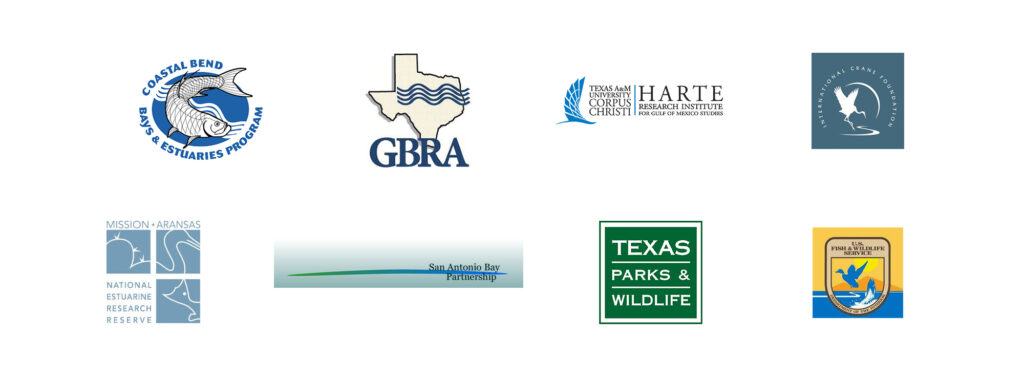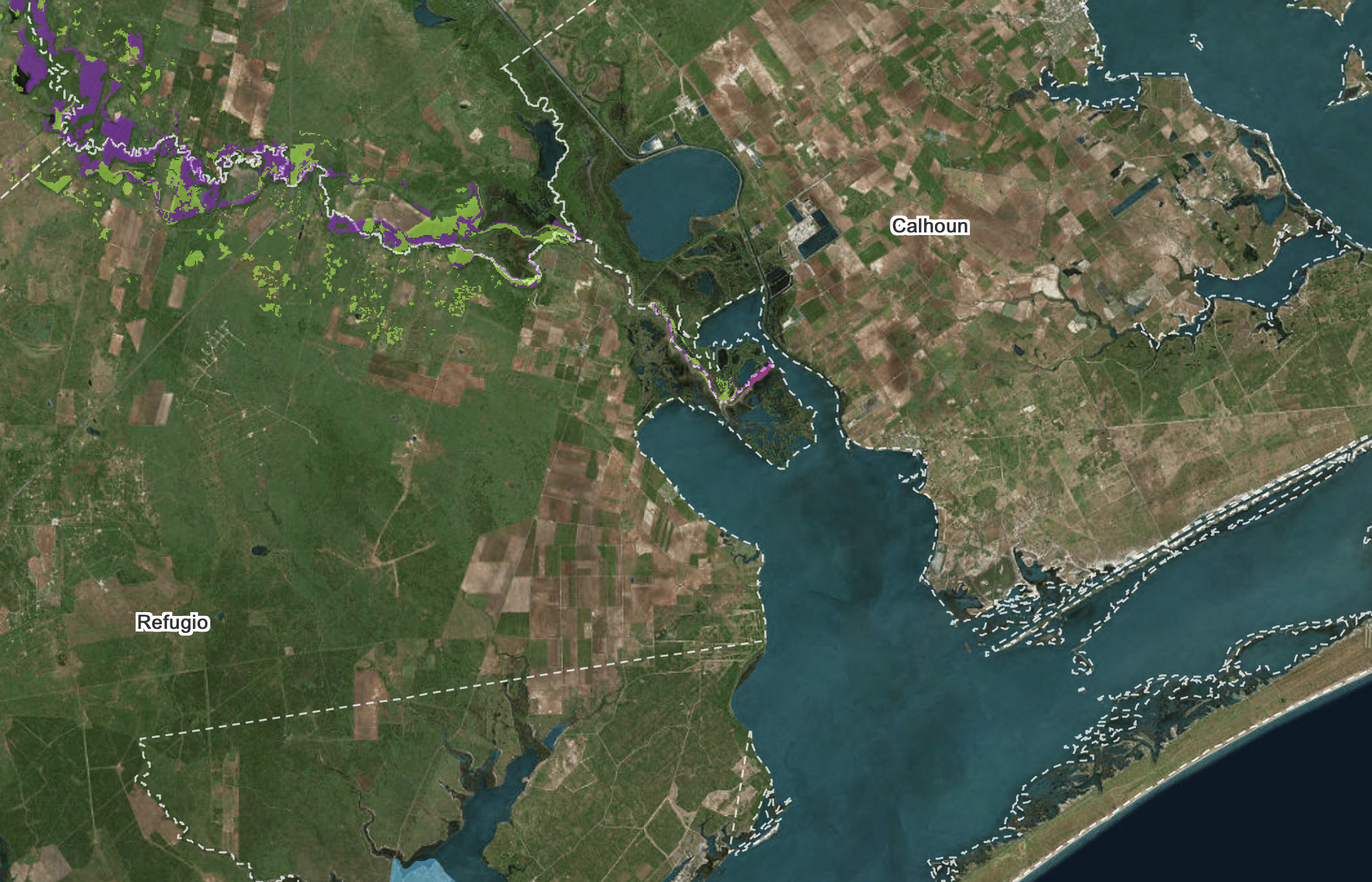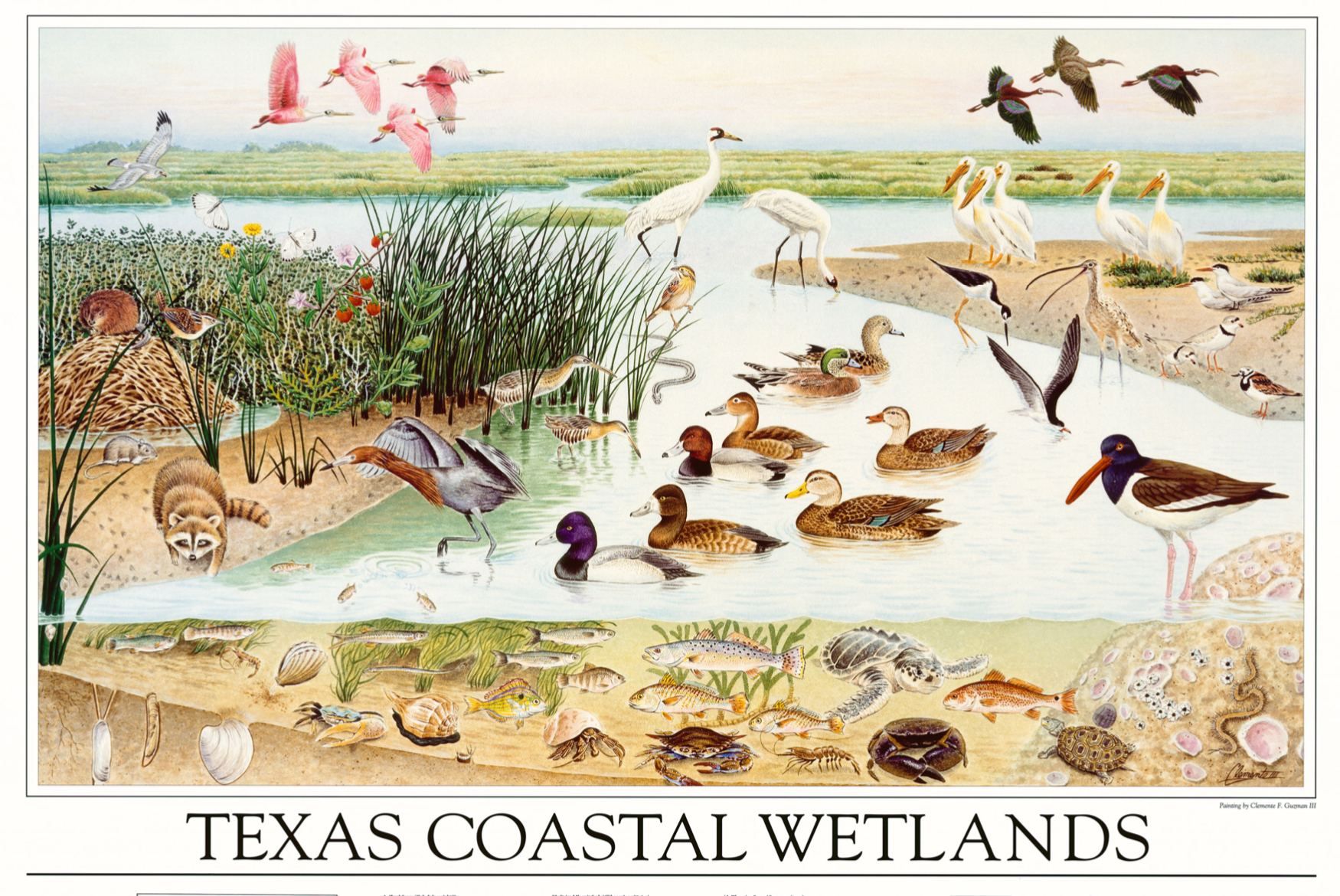While most people are aware of the San Antonio Riverwalk, few realize the San Antonio River actually flows 240-miles southeast from its headwaters in central San Antonio. It merges with the Guadalupe River and these combined waters empty into the San Antonio Bay on the South Texas coast.
Our River Flows to It
One important reason the San Antonio River Authority is committed to safe, clean, enjoyable creeks and rivers in our watershed is because the river’s health has a direct effect on the well-being of the bays and estuaries along the Texas coast.
The San Antonio River Authority is one of many stakeholders who are committed to working in partnership with others to protect and enhance the San Antonio Bay and surrounding estuary systems
What are bays, estuaries and marshes?
The San Antonio Bay is a great example of the uniqueness and complexity of the bay and estuary systems.
The bay has circular tides, which causes different levels of salinity (salt content) and also drives the cycling of nutrients.
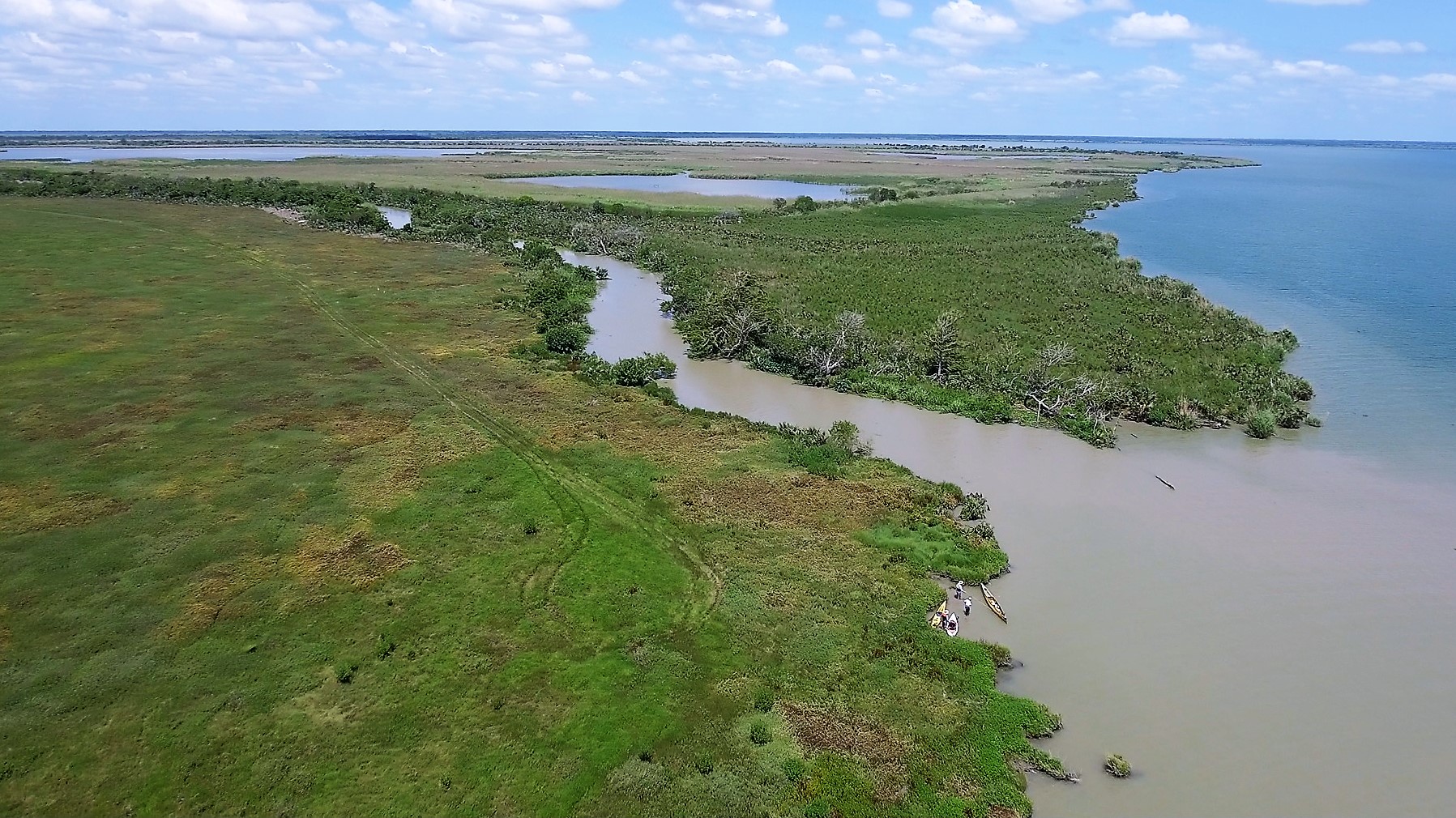
An estuary is a partially enclosed body of water where streams or rivers enter and mix freshwater with saltwater. This mixture of freshwater and saltwater is called brackish water. Conditions in an estuary are ever-changing and provide unique environments that support a diverse community of plants and wildlife.
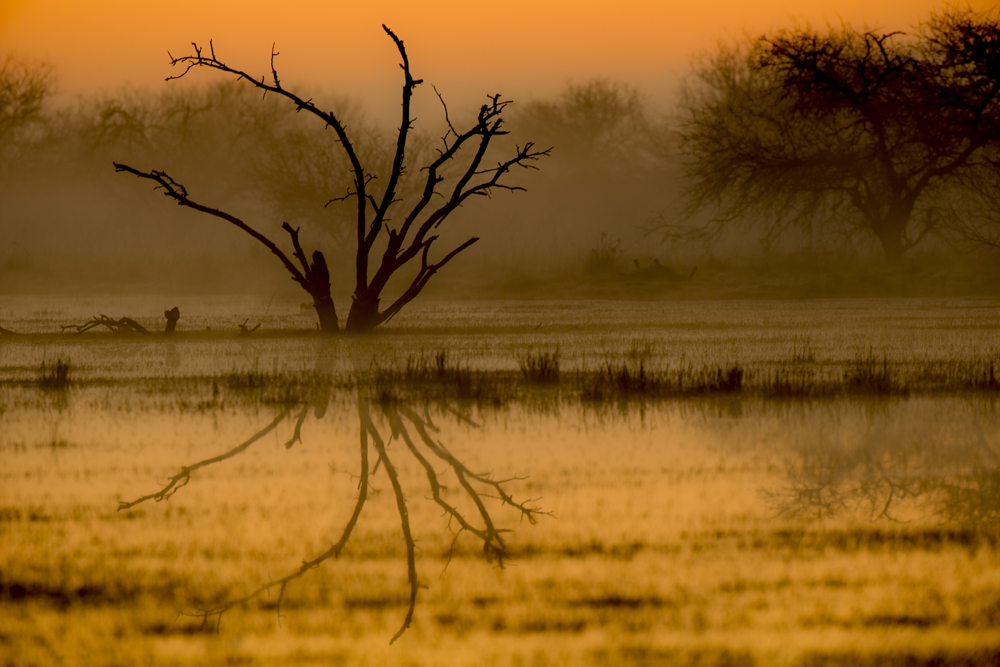
A marsh is low-lying land that floods during wet seasons and high-tides. It typically remains waterlogged year-round. The marsh is critical, because it is made of sediment containing nutrients important for vegetation and wildlife. The vegetation allows natural erosion and deposition to take place.
A Safe Harbor in a Storm
Storms are common along the Texas coast. Healthy bays and estuaries can provide significant buffering of the effects of these sometime destructive storms.
A storm can cause the water to rise, and the estuary can dissipate its energy without hurting the environment. They can help keep a local community and ecosystem safer by absorbing the storm surge like a sponge. Reefs, islands, mud and sand act like barriers from the waves and wind.
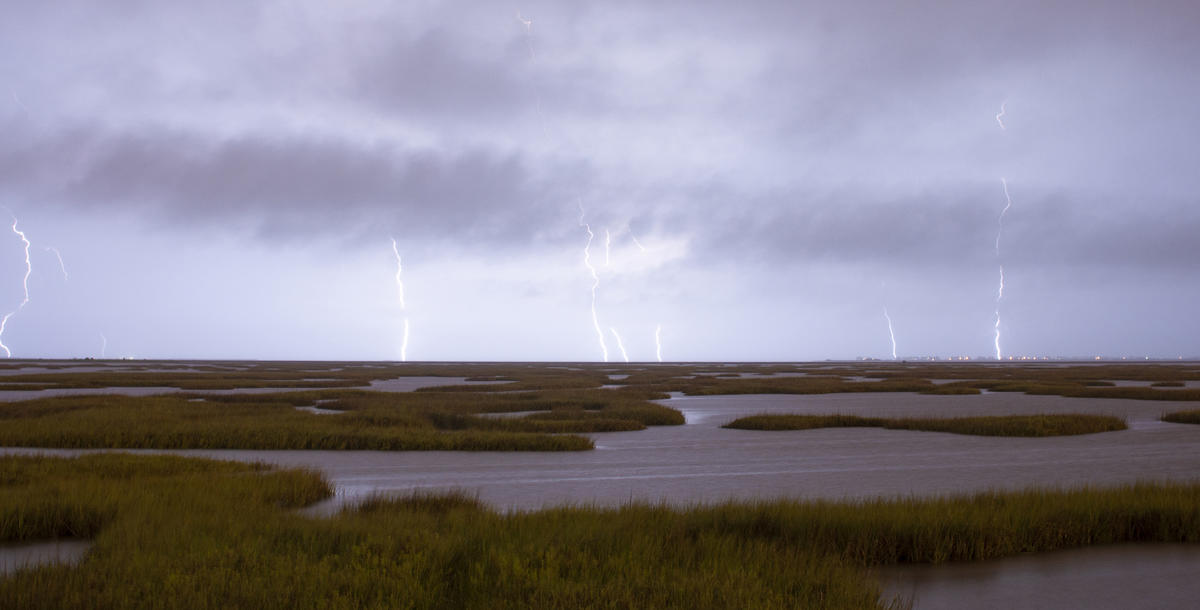
Salt Marshes
Salt marshes are coastal wetlands known for having high salinity and numerous grasses and shrubs. They serve very well as a safe buffer to storms and flooding. Fun fact! They also help filter pollutants to keep the habitat and surrounding areas safe for their inhabitants.
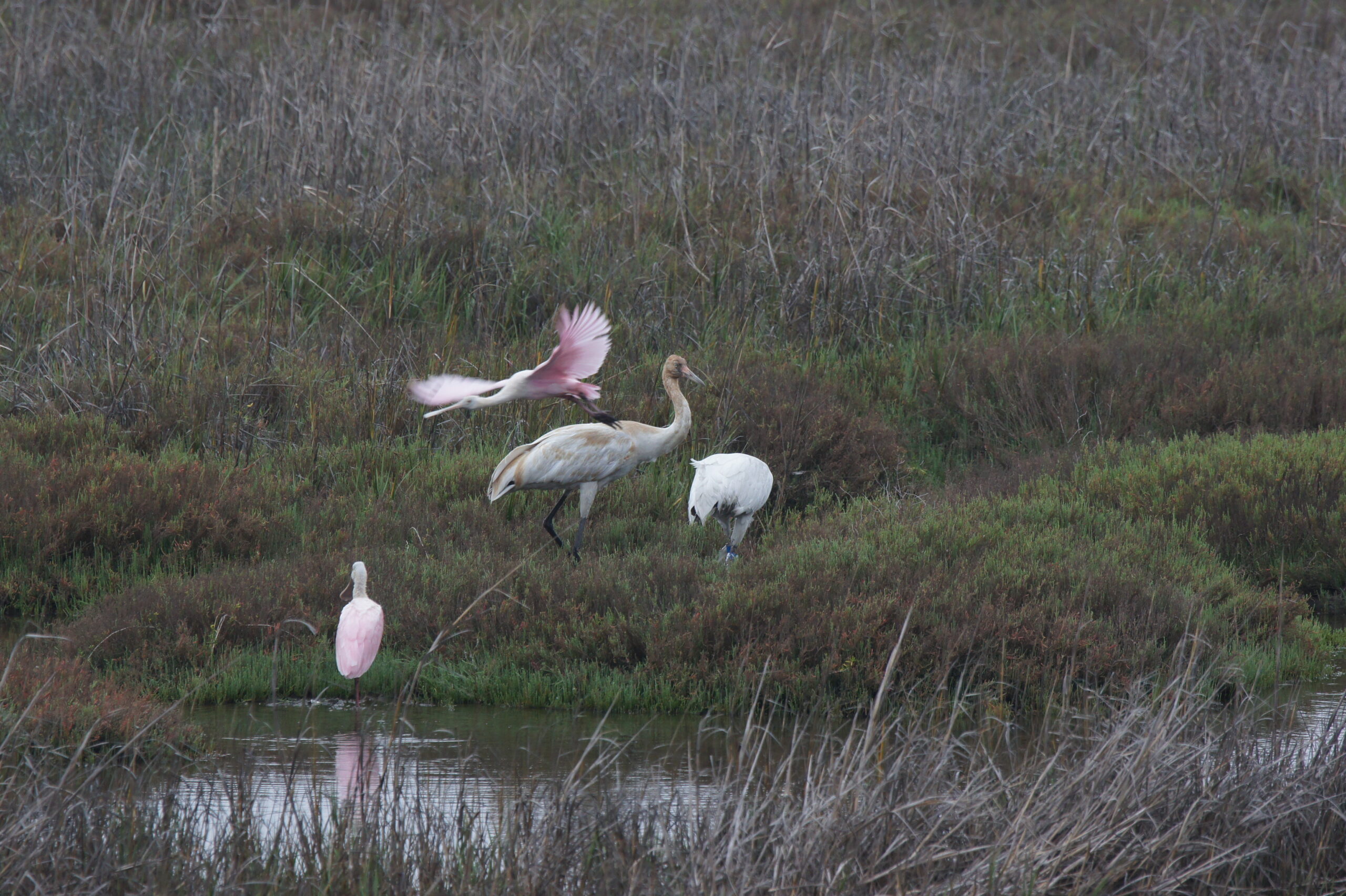
The Importance of Conservation
It is important to conserve these natural areas to help ensure the safety of communities during future storm events. Destroying an estuary can lead to flood-prone conditions. Work has already been done to help preserve these ecosystems.
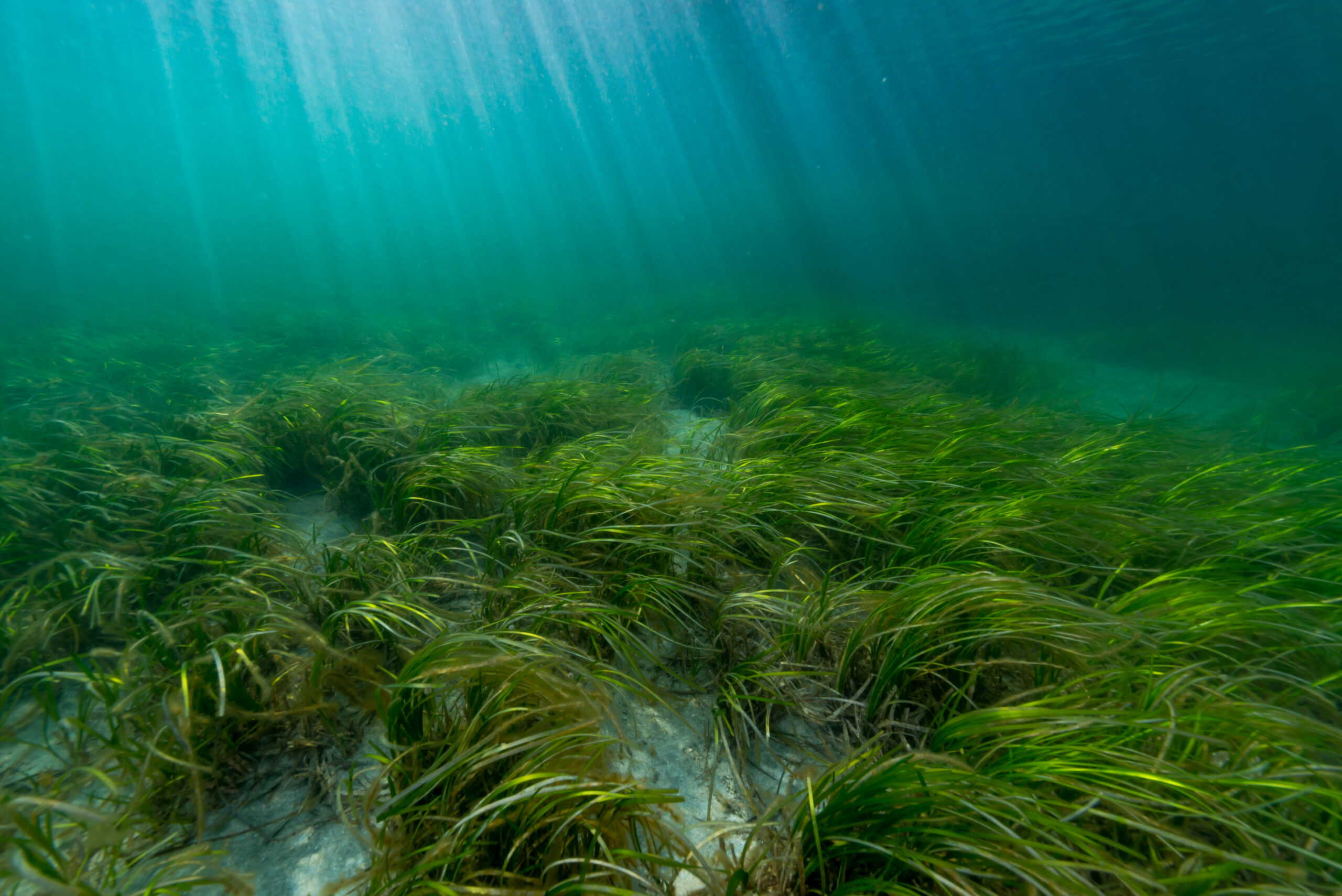
Protecting the Whooping Crane
The San Antonio Bay plays an important role in the holistic function of our continental ecosystems and species. It is located in the North American Flyway and is a habitat for migratory birds such as the Whooping Crane.
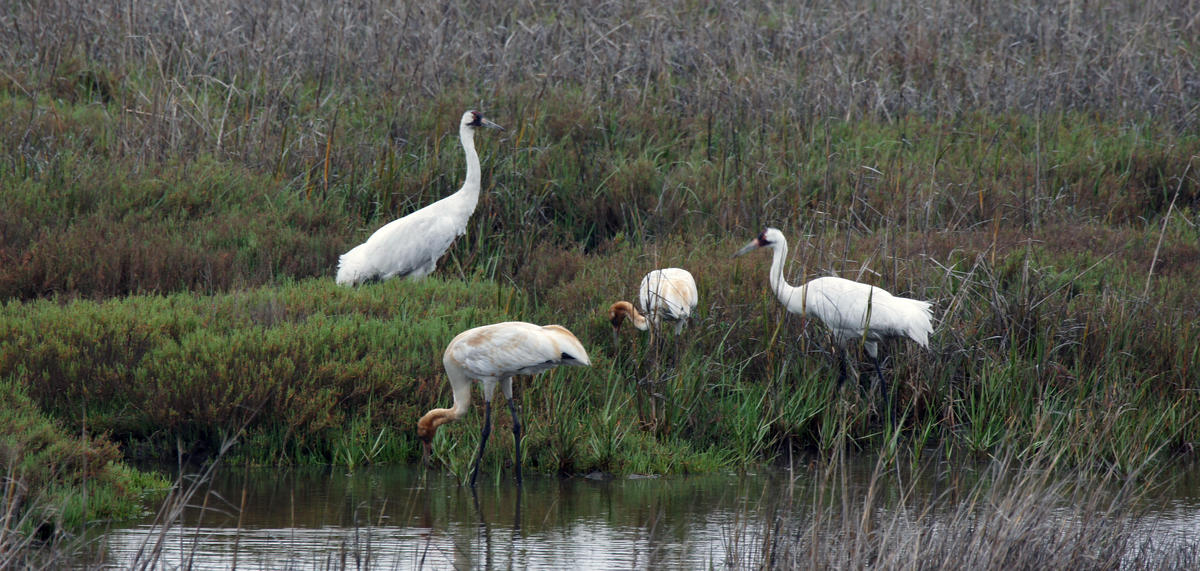
The Whooping Crane
The Whooping Crane is one of the rarest bird species in North America. Standing up to 5-feet tall with a wingspan of up to 7.5-feet, they are also the largest bird in North America. A population of Whooping Cranes migrates from Canada to the bays and estuaries near San Antonio Bay every year.
Whooping Cranes were at one time near extinction. In 1941, there were as few as 16 left. Recovery efforts have expanded their population considerably. In recent years, their population estimates exceed 500 birds.
Check out this map to view areas near the San Antonio Bay designated as parks, USFWS Critical Habitats for Threatened and Endangered Species and National Heritage Institute Wetlands. All of these efforts are vital for the recovery and sustainability of this precious species.
Important River Authority Partnerships
The River Authority engages with numerous partners at the state, local and federal level to foster understanding that healthy waters upstream contribute to healthy waters downstream, where the Whooping Cranes and many other species rely on a clean habitat for survival.
Whooping Crane's Food
Whooping Cranes’ primary food supply in the estuary are Blue Crabs and the small, red wolf berries. When these foods are readily available, the Whooping Crane can store the energy needed to fly north in the summer. Blue Crab populations thrive on highly variable levels of salinity in the estuary. However long periods with a lack of fresh water inflow may negatively impact the population. Like many natural residents of the estuaries, Blue Crab can also be negatively affected by pollutants, over fishing, and land development.
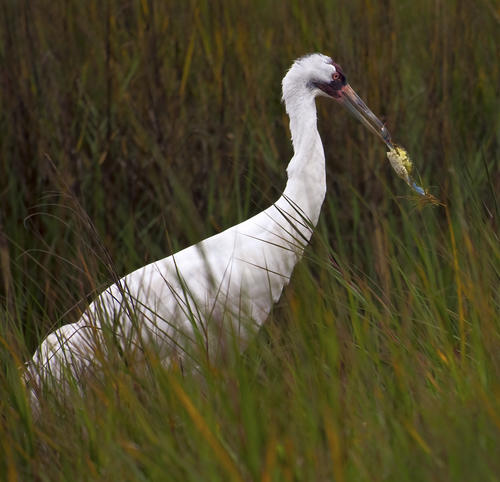
Nurturing the Nursuries
Bays and estuaries are also nurseries for popular recreational fish species. The health of these nurseries is directly linked to the recreational fishing opportunities at the coast, one of the many ways people enjoy these natural areas.
Seagrasses are submerged aquatic grasses providing many important eco-services for an estuary to thrive. It produces oxygen, which is essential for life, and also offers a place for animals to feed and take shelter. These characteristics make seagrasses the perfect nursery habitat for shrimp, fish, and shellfish. You may also find sea turtles there!
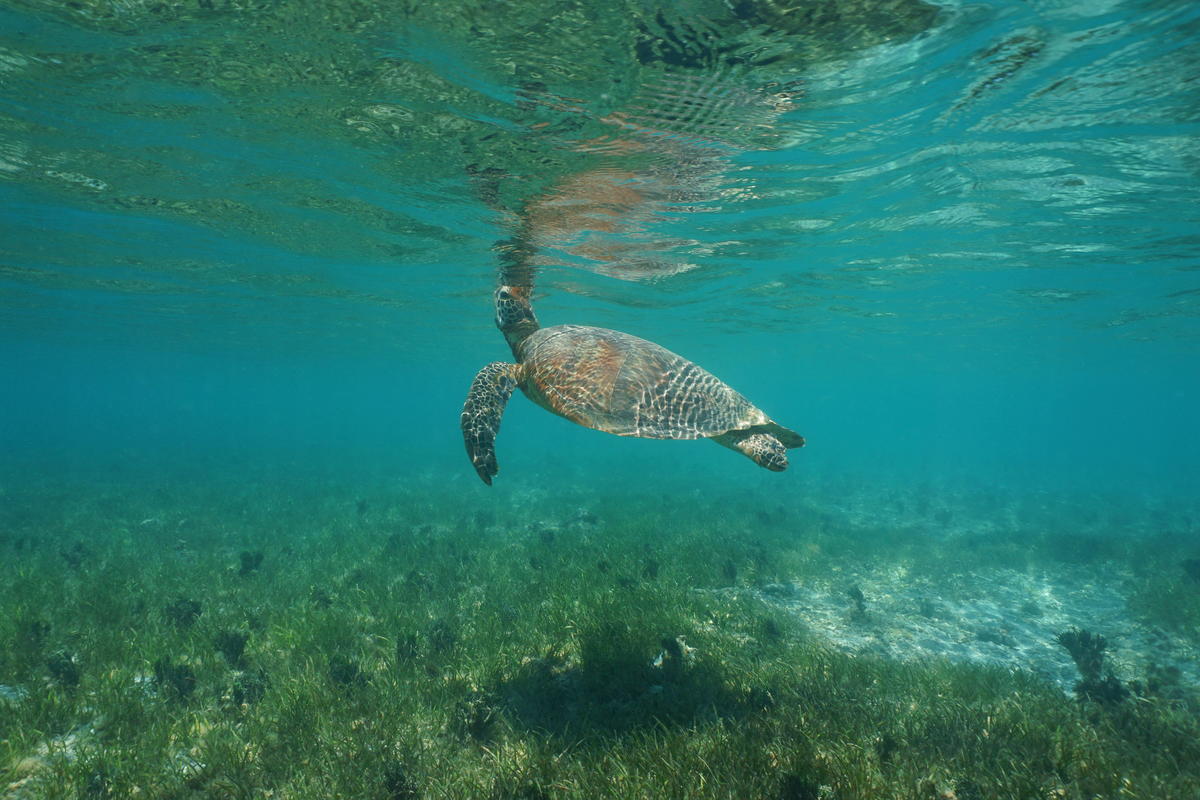
Seagrasses
Seagrasses also help with erosion control. They have special roots allowing them to grow in the areas where salinity increases. The roots also retain sediment, which helps maintain clean water. Who knew grasses could do so much!
This is only a small sample of the biodiversity in the area. Different species have developed a unique tolerance to the level of salinity in their habitat. So, some thrive in fresh water while others need salt water, and some live in brackish water, which is a combination of the two. There are also mammals who inhabit the land surrounding the waterways.
Explore the photo below to learn more about the plants and animals who call the bay and estuary home.
It Goes with the Flow
One important part of the holistic function of waterways is environmental flows.
There is a baseline flow established for the San Antonio River that allows the river to function as it should and to meet habitat needs, particularly for young species.
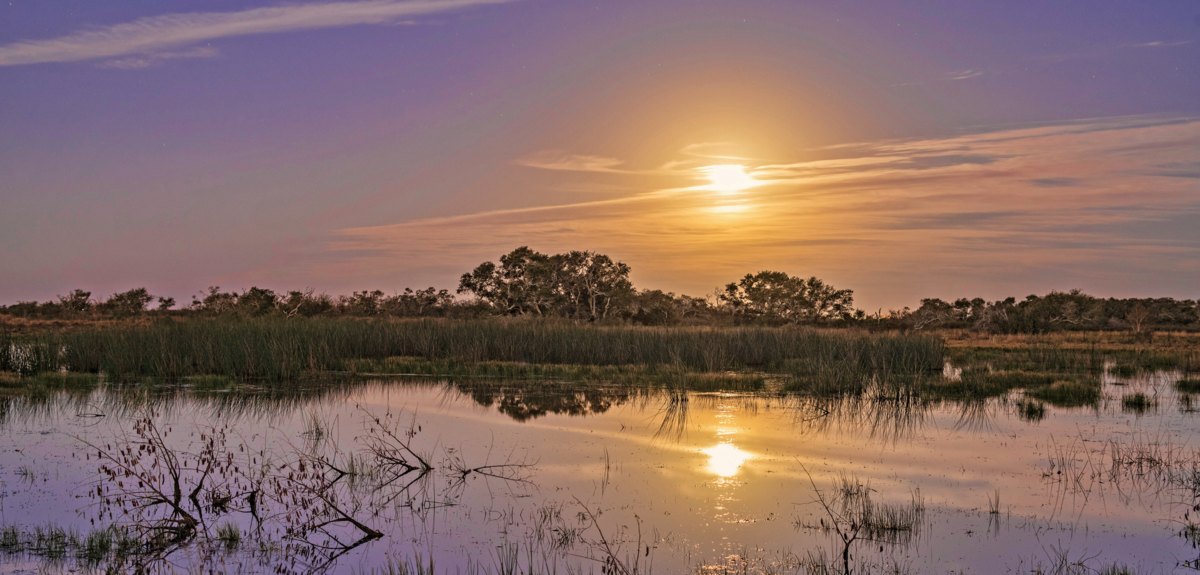
What Happens Upstream Matters
A city upstream of a bay and estuary, such as San Antonio, can affect the amount of fresh water flowing from a river into a bay or ocean. The volume can be dramatically affected based on how much water the city is using and its efforts to conserve water. The freshwater inflow not only brings water but also nutrients and sediments that feed plants and animals in the estuary. The flow also affects the salinity and temperature of the water in the bay, as well as the structure of the marsh. The salinity levels change depending on seasons, droughts, tides and floods.
Remember the awesome Whooping Crane?
Learn more about how freshwater inflows are connected to the Crane population and why the San Antonio River Authority continues to support scientific research in the bay to further understand how these changes affect wildlife populations.
How Ecosystems are Connected Across Great Lengths of River
Many fish species rely on certain conditions of water flow, salinity and temperature to thrive in their habitat. Freshwater inflows can directly affect those conditions. Many of these species drive the commercial fishing industry in communities along the coast. This is a good example of how aquatic ecosystems are connected from headwaters to ocean.
The River Authority can study and predict what may happen with the marsh vegetation in the San Antonio Bay when certain environmental conditions occur by using the Ecological DYnamics Simulation (EDYS) model. We know bays and estuaries are complex, dynamic areas, and this computer program can help model and simulate how vegetation responds to the varying environmental conditions like salinity and tides.
Help Keep the Bays Healthy
While many organisms in an estuary help filter pollutants being carried into the bays and estuaries from upstream sources, there is much more we can do to keep the watershed clean and help life flourish in the coastal regions. Marshes are critical components of bay and estuary ecosystems. To ensure health of the Bay, it is vital to understand how various freshwater inflows impact marsh vegetation. The River Authority studies Inflow Scenarios for San Antonio Bay Modeling by evaluating potential effects changes in freshwater flows have on the marsh vegetation in the Bay. This study helps measure how freshwater influences the plant’s growth cycles.
Other scientific studies being undertaken by The River Authority include the St. Charles Bay Marsh Restoration Study and the Marsh Vegetation Sampling, in addition to supporting funding for a salinity and tidal Gage in the San Antonio Bay. No matter how close or far you live from the San Antonio Bay, you can help protect it by simply keeping the land free of pollutants such as lawn chemicals, oil, litter, and pet waste. Your actions will prevent storm water from carrying them to a waterway like the San Antonio River and eventually, to a coastal bay.
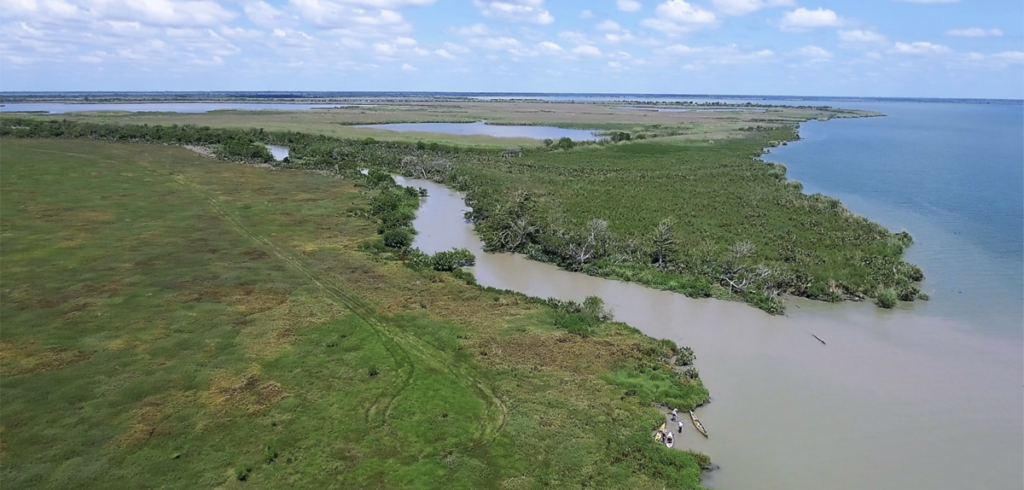
Enjoying Our Bays and Estuaries
Paddling, fishing, birding, wildlife tours and beach going are just a few of the ways people can enjoy bays and estuaries. Eco-tourism is valuable, because it helps educate community members and tourists on the connection between healthy ecosystems and their recreation opportunities. It also opens the door to understanding how actions upstream affect life at the coast.
Many visitors and residences of shore communities around the San Antonio Bay enjoy the sweeping views of the water’s horizon dappled by boats harvesting shrimp or oysters. Many take it a step further at the local restaurants, enjoying the fresh-catch with their friends and family. Sustainable local fisheries are certainly an important economic driver, along with recreation, and these fisheries are completely reliant on a healthy bay and estuary.
More information can be found at:
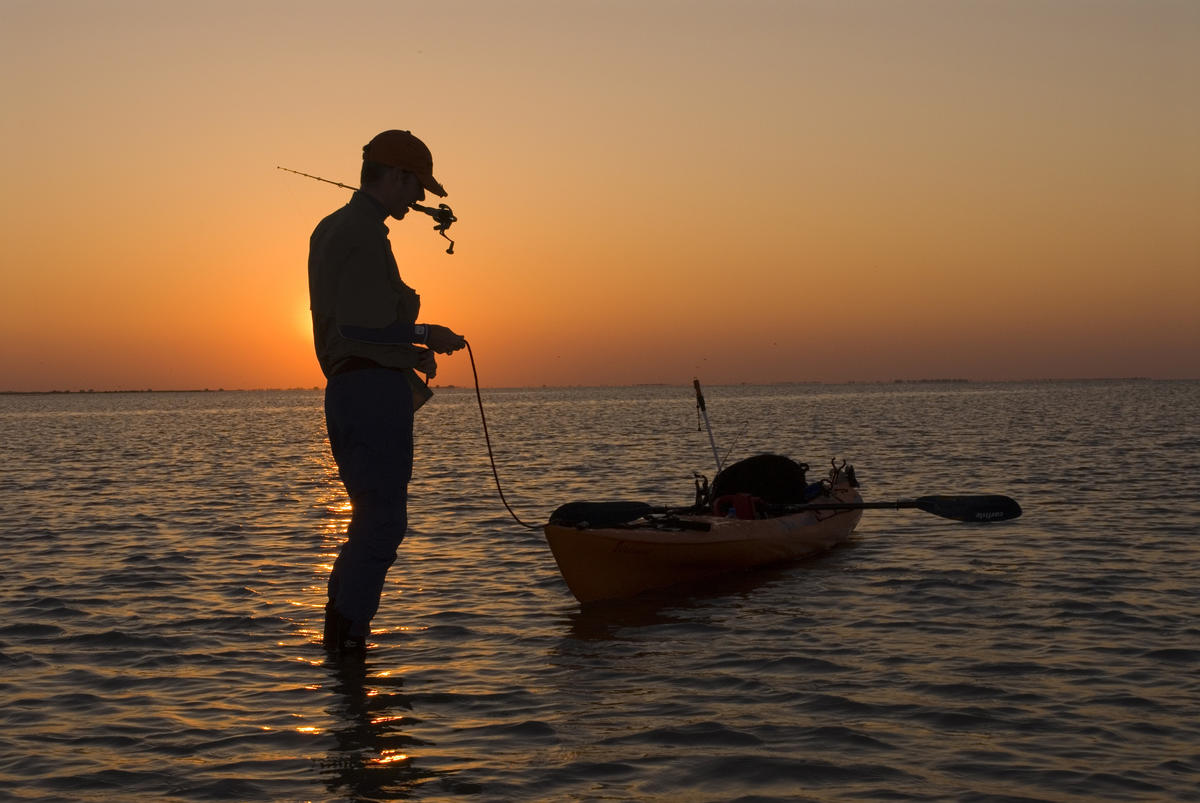
Partnerships to Protect the Bay
Taking care of the San Antonio Bay and estuaries is a collaborative effort of many entities who are dedicated to the health and sustainability of these important systems. The San Antonio River Authority is proud to support and partner with these organizations for projects and efforts at the bay:
